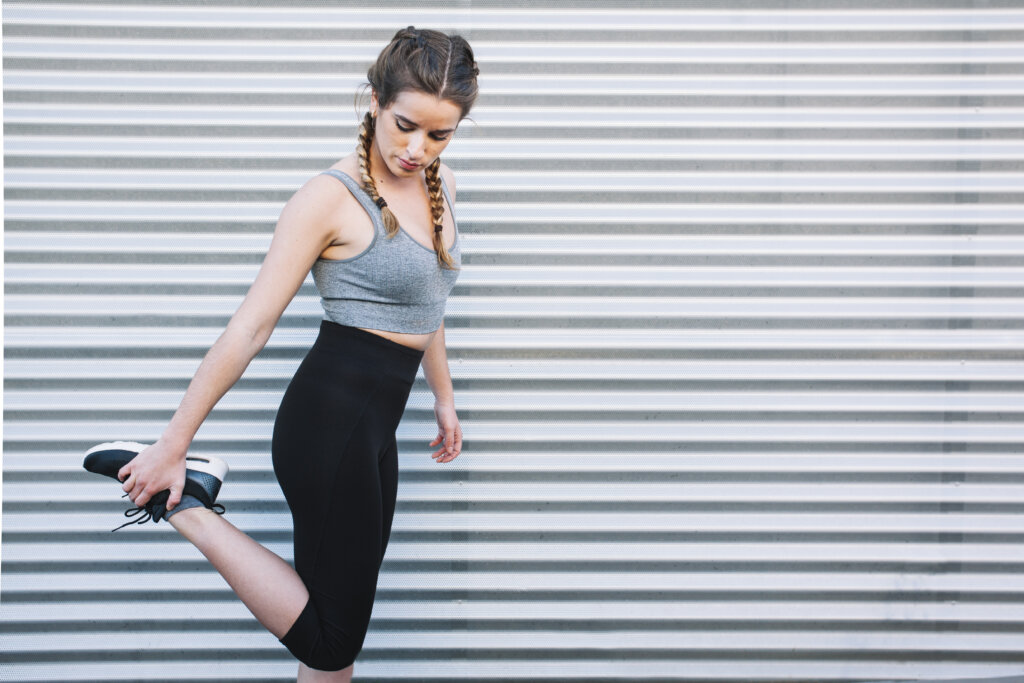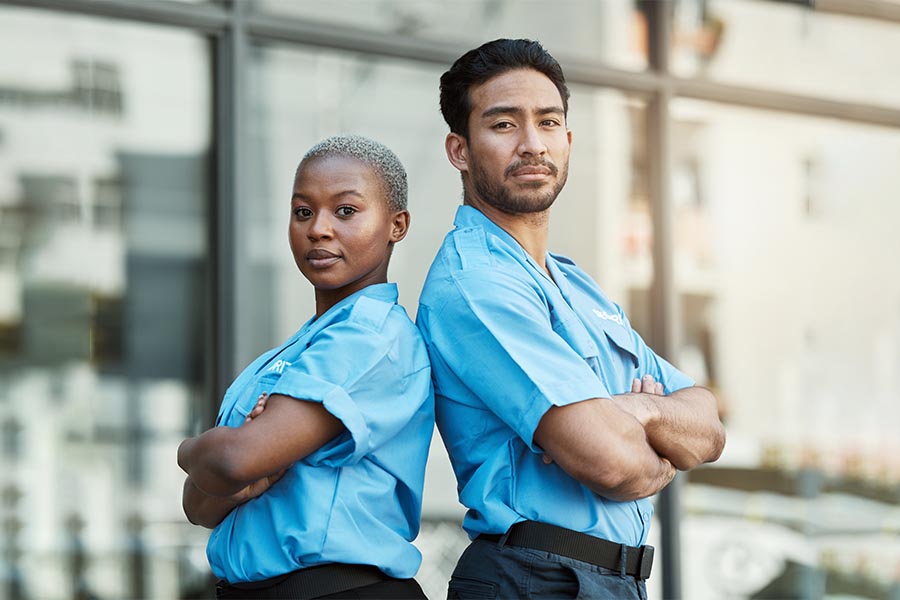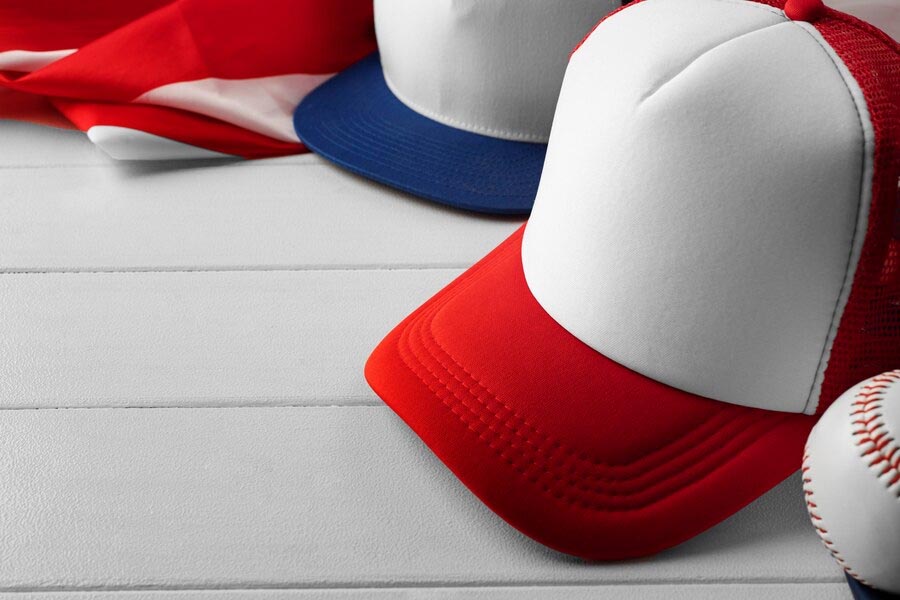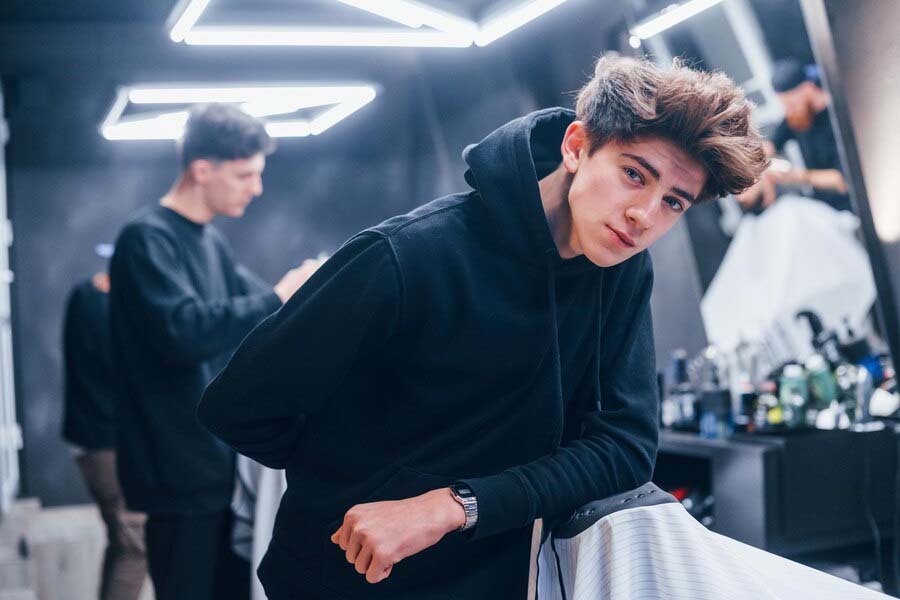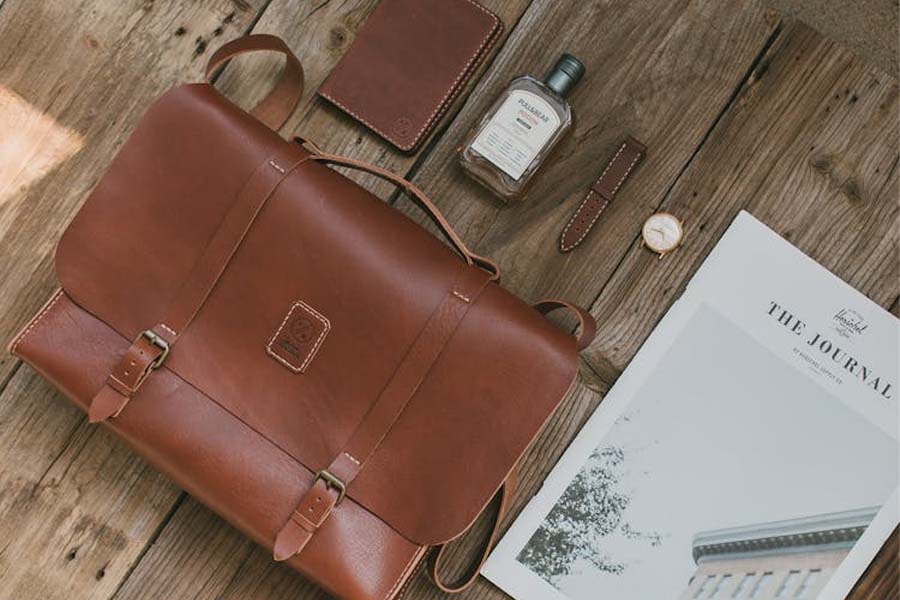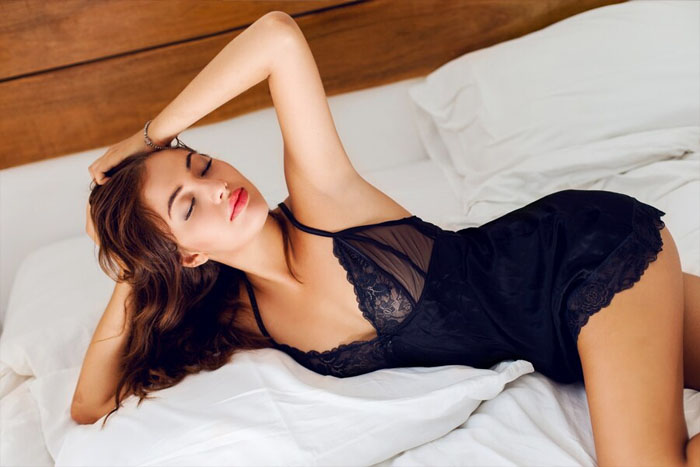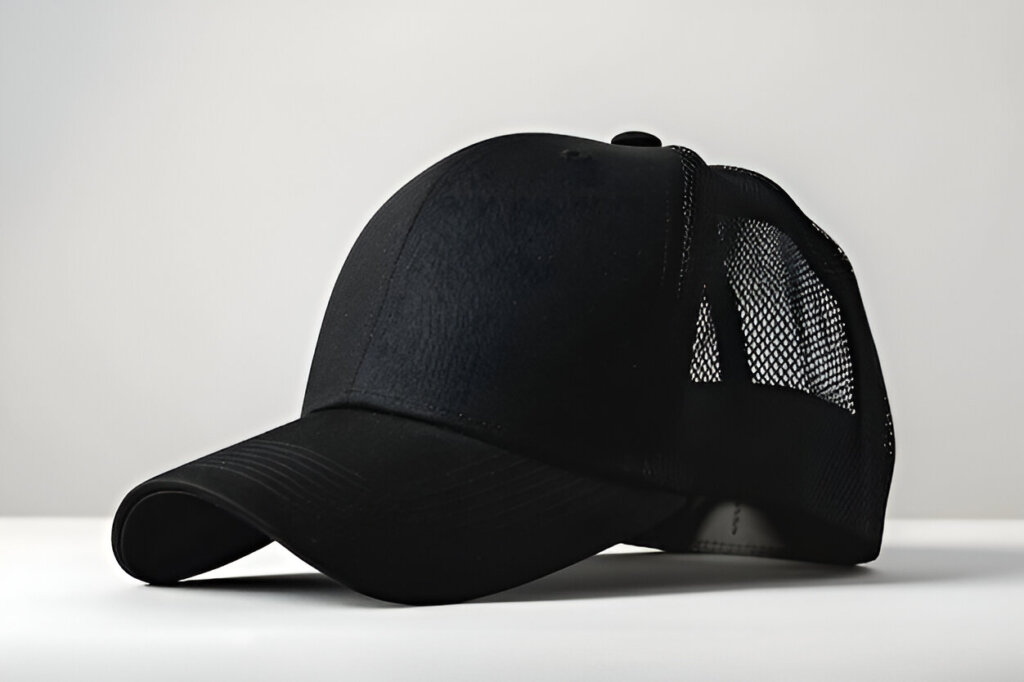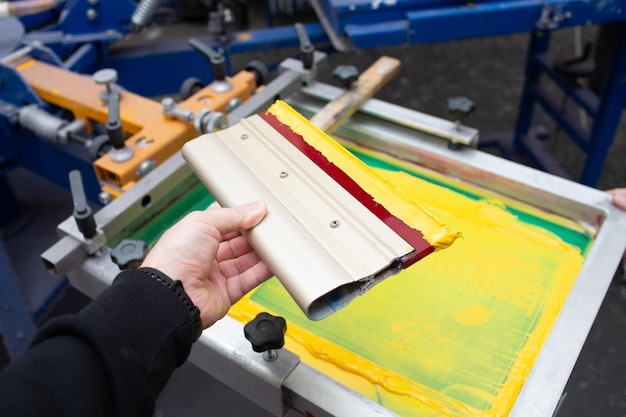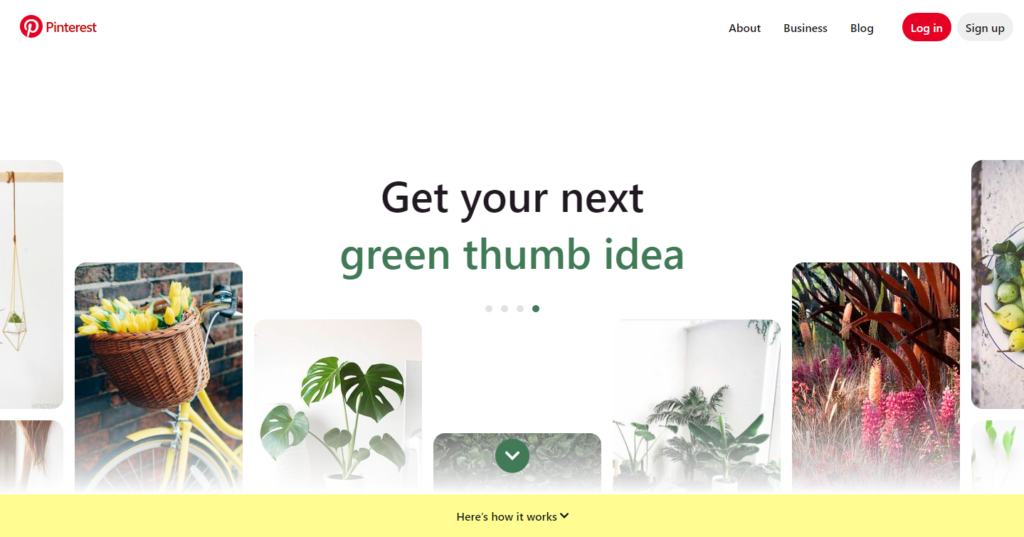The increasing demand for comfortable fashion has drastically changed the world of clothing as fast as we have changed from pajamas to lounge-wear. The demand for lounge-wear is growing and loungewear is often boasting the highest sales of any category. As we move on from the pandemic, people are favouring practical clothing choices and ultimately, comfort. Whether you are a new independent fashion creator or already established company wanting to grow, a loungewear business is a great option! There are important steps such as choosing fabrics, creating designs, getting suitable manufacturing, developing a brand, and more you need to take to successfully launch a label. This blog will inform you of everything you need to know about starting a lounge-wear company, how to start a loungewear business and setting it up for long-term brand success.
The Lounge-wear Market
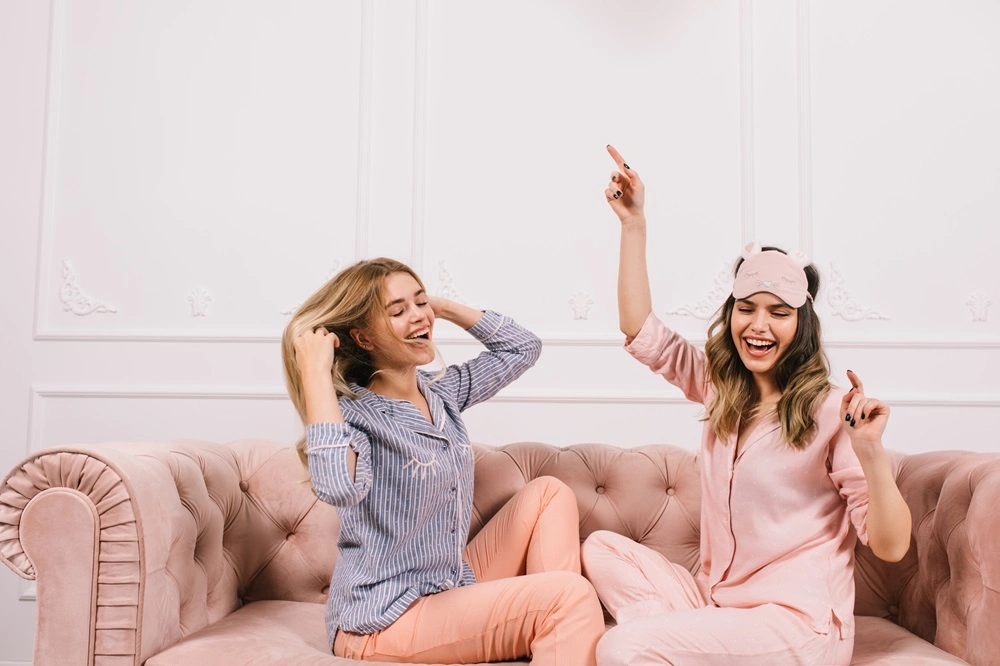
Driven by changing consumer tastes and a movement toward comfort-focused style, the worldwide loungewear industry is expanding noticeably. Valued at approximately USD 12.91 billion in 2024, the market is projected to reach USD 32.58 billion by 2033, reflecting a robust CAGR of 9.7% .
More people are searching for loungewear that is fashionable, adaptable, and environmentally friendly. To meet the growing demand for sustainable apparel, companies have turned to eco-friendly fabrics such as organic cotton and bamboo fibers produced from rural and traditional sources.
Profit margins in the custom loungewear segment can be influenced by market saturation and price sensitivity. The influx of new entrants and competitive pricing strategies have led to reduced profit margins, as consumers often opt for less expensive options .
There is also seasonal demand; loungewear sales experience the highest levels in colder months, especially December; therefore, these windows often provide the highest opportunity to launch new product releases and product promotion campaigns. Loungewear also provides additional niche markets to target, such as plus-size and maternity loungewear, which present additional differentiation opportunities.
In these niche markets, there are brands like Yours Clothing that have been able to fill this market gap for stylish and comfortable plus-size maternity loungewear. By researching these market trends and consumer markets, companies have a better chance of leveraging growth opportunities in the loungewear industry.
Steps To Start A Pajama Business
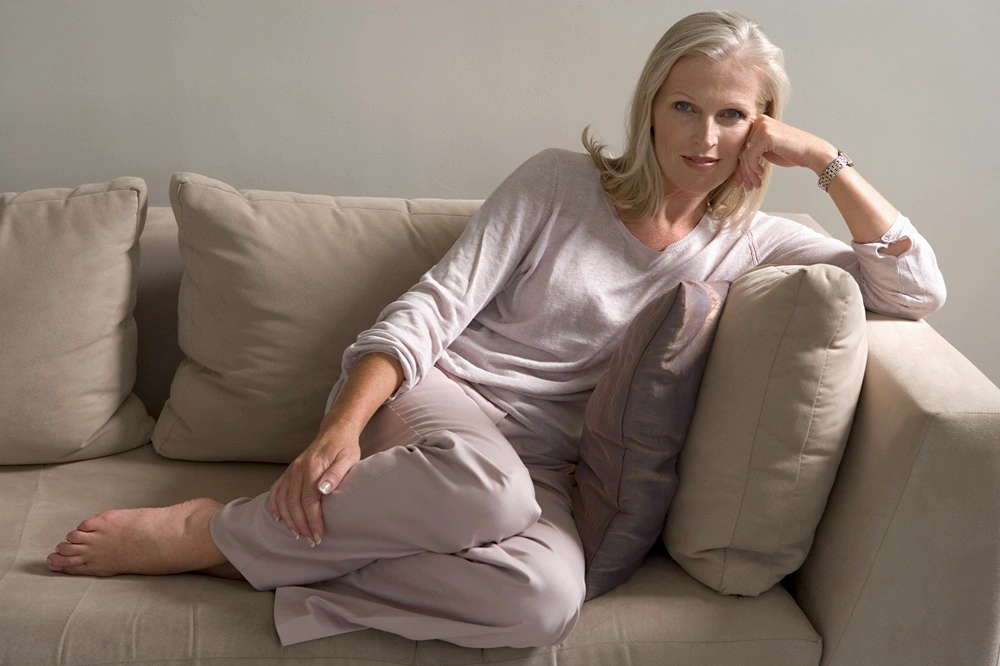
Starting a loungewear company requires far more than just finding cozy silhouettes and soft materials. It calls for planning, design, sourcing, manufacturing, and go-to-market approaches. Whether you’re a start-up loungewear company or growing an already existing line, the basic steps given below will guide you through the re-establishment of your vision to a profitable small business of loungewear.
Research & Planning Your Lounge-wear Brand
Good loungewear companies start with research and careful preparation. This includes figuring your Unique Selling Proposition (USP) – will you provide eco-friendly, minimalist, luxury, or inclusive products? Then, through some demographic criteria—age, gender, lifestyle, and purchasing habits—you will define your target audience, therefore influencing your offer and marketing tone. A competitive analysis will highlight what leading brands in your space of loungewear are doing right, but more importantly, what they offer and where they are lacking in value. Lastly, you will need to start to manifest the necessities of your brand – create a brand name, logo, mission statement, and identify your tone of voice that connects with your audience and your values.
Designing Your Lounge-wear Collection
Design is the main part of your loungewear brand. Start by identifying fabrics that give comfort, breathability, flexibility, and blend – such as cotton, bamboo, or modal. Then design a few exciting and selling styles, like joggers, shorts, co-ord sets, hoodies, and robes. This will suit customers and matching styles to suit them. Your aim should be to create a balance between fashion and function. Keep in mind that comfort is key, but there is no way to ignore the visual appeal. Remember to use mood boards, sketches or even trend analysis to guide person direction. Do not forget about technical drawings or samples at this stage, that helps to visualise your design in real products, and ensures the design you envisioned is not lost in the process.
Partnering with the Right Manufacturer (Key B2B Section)
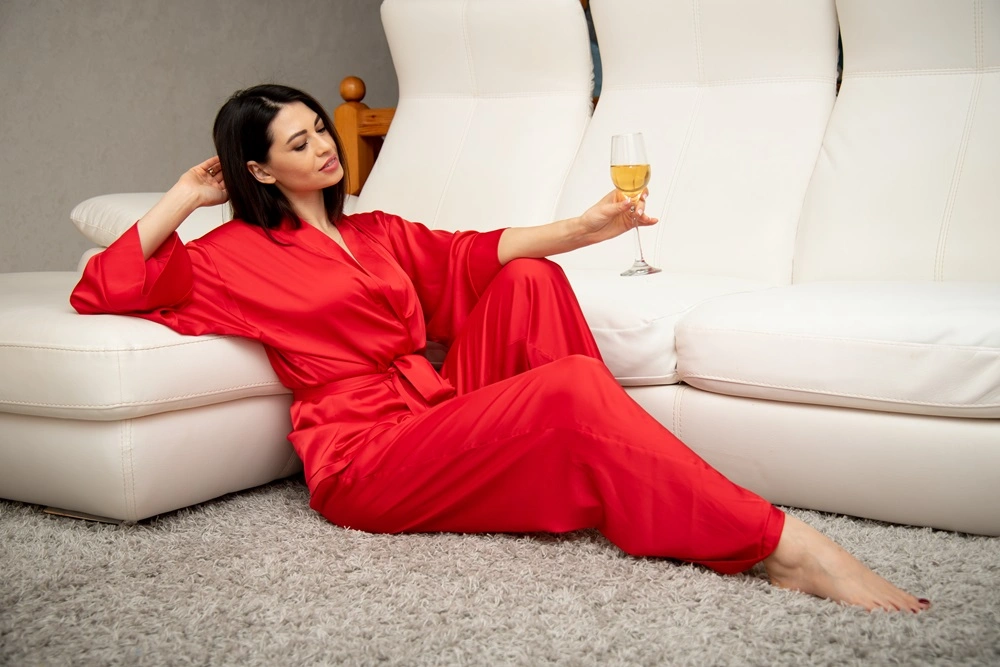
Choosing the right Clothing manufacturer is one of the most important steps to ensure your designs are being produced consistently with quality. A reliable clothing manufacturer is more than a manufacturer; they are a growth partner. Research a manufacturer’s customer service, similarities and how they practice sustainability and their communication. Ensure they have low minimum order quantities, sampling capability, private labeling or OEM / ODM service offerings. These abilities can help you start as a small brand, test the market, and scale subsequently effectively. It is equally important to try to find a capable B2B clothing manufacturing partner who can guide you through as many stages required including product development, packing, and of course scalability whilst maintaining quality.
Looking for a trusted partner to kick start your lounge-wear business? Ludyway Apparel offers end-to-end manufacturing solutions tailored to startups and emerging brands.
Sourcing & Supply Chain Setup
Sources and supply chain setup are key to consistency in quality and lead time. You are going to have to make decisions on sourcing local or international fabric. Each option provides different pros and cons concerning cost, lead time, and sustainability. You will also need to strategically plan your inventory keeping in mind seasonality and potential demand forecasting to avoid stock outs, as well as over buying. It is also essential that your suppliers and logistics partners are able to accommodate flexible shipping for businesses and direct to consumers. Implementing strict quality control measures along the supply chain can be beneficial to maintain brand integrity and consumer trust.
Building Your Sales & Distribution Strategy
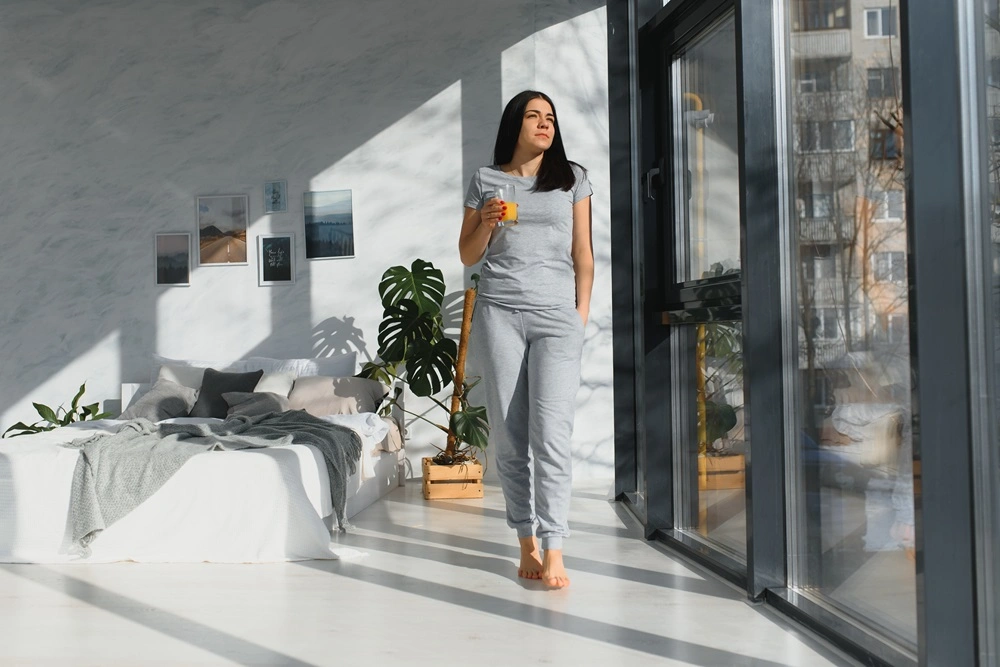
Your success also depends on where and how you are selling your product. Online is easier and has the least hurdles to entry (Shopify, Amazon, your own website). Opening retail connections are not going to happen overnight. However, finding offline opportunities like boutique partners, pop up stores and trunk shows are great ways to engage with you customer while enhancing your brand presence. Entering wholesale relationships can also accelerate your brand awareness into new channels. Lastly, leveraging digital marketing strategies such as influencer collaborations and affiliate programs to amplify your brand awareness and credibility within your target consumer.
Legal & Business Essentials
Before launching, confirm that the legal side of your loungewear business is all in order. Every entrepreneur should check that they have properly registered their business name, decided on the right business structure, acquired the licenses needed to do business, etc. You obviously want to trademark your brand name and logo so your intellectual property is protected. By drafting legal papers like tech packs, production contracts, NDAs, etc., make sure you have laid the legal foundation to simplify your contacts with Pajama manufacturers and suppliers and to make these partnerships more secure. The better ready you will be to create a foundation for long-term success and profitability the more you know about the possible legal responsibilities in your company.
Launching & Growing Your Lounge-wear Brand
An effective launch does call for some tactical cumulative development. Think about starting some pre-launch activity such as creating an email wait list, engaging in influencer seeding, or social media sneak previews to help you build your buzz. Ensure your eCommerce store’s website is neat, user-friendly, designed, and product listing optimized when you launch. Early as possible, so you may enhance fit, quality, and design, make sure you gather comments from test participants or first customers. Launching a seasonal line, business-to-business partnerships, or expansion into fresh areas could all drive development. The secret is to keep listening to your clients and producing.
How Much Does It Cost To Start A Lounge-wear Business?
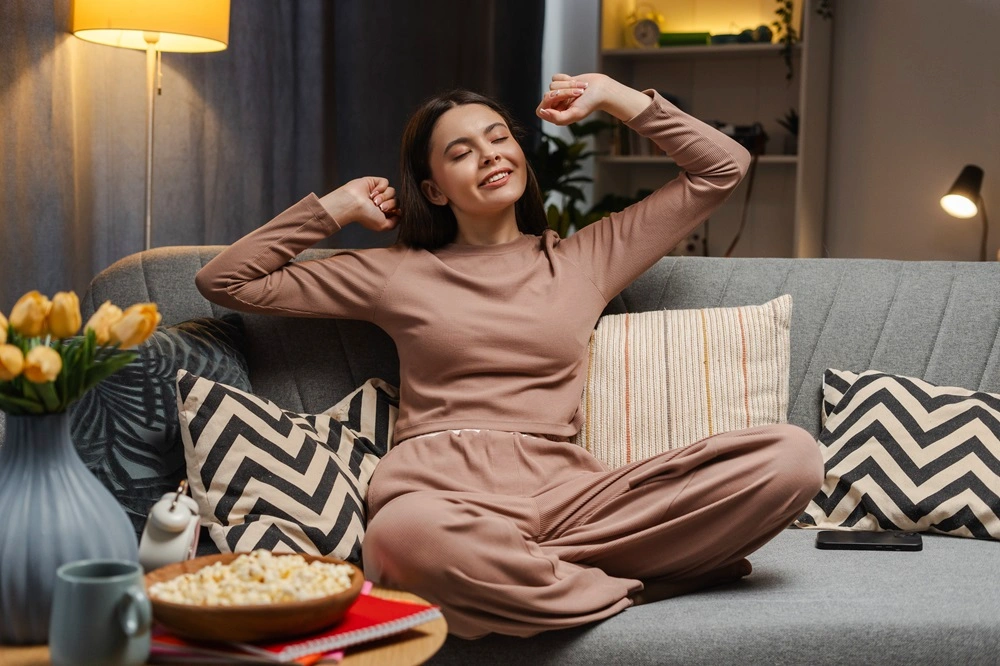
The cost to start your own clothing line involves various expenses that can vary significantly based on factors such as design complexity, production scale, and business model. According to StartupModelHub, the cost to launch a clothing line can range from $5,000 to $50,000, depending on various factors such as design complexity and production scale.
Here’s a breakdown of common expenses involved in starting a clothing brand:
- Fabric and Material Costs: Depending on the quality and sustainability of materials, expect to invest between $1,000 to $15,000. Eco-friendly fabrics may come at a premium but appeal to your target market.
- Design and Prototyping Costs: Hiring a designer and creating prototypes can cost around $2,000 to $10,000. This is crucial for establishing the aesthetic and fit of your clothing line.
- Manufacturing and Production Costs: Depending on your production volume, costs can range from $5,000 to $30,000. Smaller runs can be more expensive per unit, while larger orders may save money.
- Branding and Marketing Costs: Allocating $1,000 to $5,000 for branding, including logo design and marketing materials, is essential for building your brand identity.
- Website Development Costs: A professional website can cost between $500 to $5,000, depending on the complexity and features required for e-commerce.
- Packaging and Labeling Costs: Initial packaging can range from $500 to $2,000. Sustainable packaging options may increase this cost but align with your brand’s eco-friendly mission.
- Legal and Licensing Fees: Budget around $1,000 to $3,000 for legal fees, including trademark registration and business licenses.
- Equipment and Tools Costs: If you plan to produce in-house, equipment costs can start at $3,000, depending on your production needs.
- Initial Inventory Costs: Depending on your strategy, initial inventory could cost between $2,000 to $20,000, impacting your cash flow significantly.
A clothing line company’s overall budget can be anywhere from $15,000 to over $70,000. To understand your specific costs and obtain financing, you need to create a comprehensive apparel line budget. By investigating and accounting for these costs carefully and thoroughly, you can establish a solid foundation and prepare your loungewear company for future success.
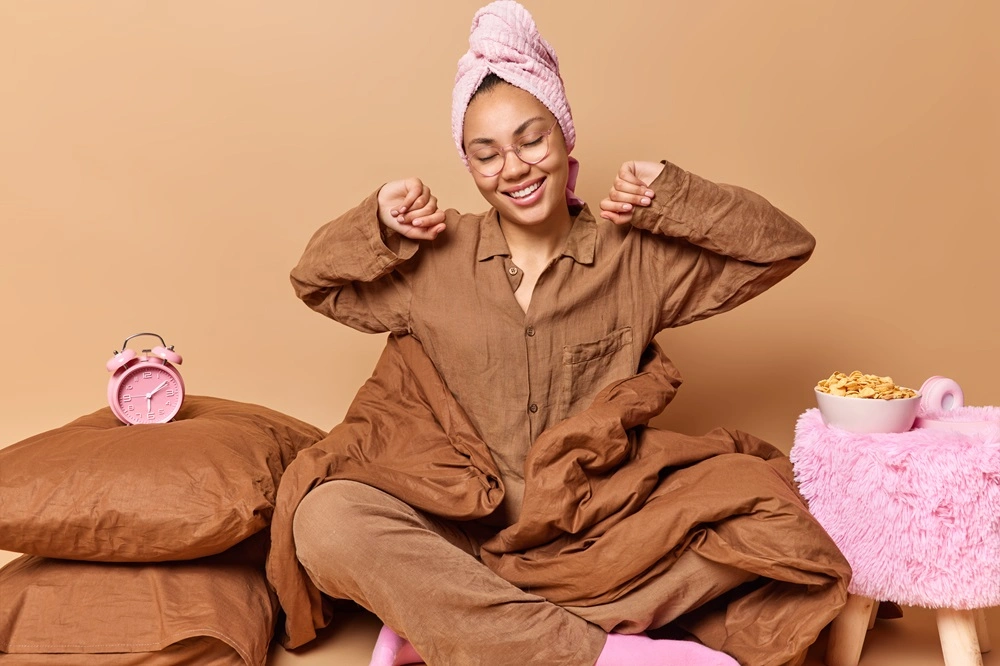
Why Now Is the Perfect Time to Launch Your Loungewear Brand
Starting a loungewear line is a smart sustainable decision in a predominantly comfort first fashion landscape; not solely for the purpose of seasonal trends. There is real demand, lots of options in terms of flexibility and a serious opportunity for a comfortable market with a potential loungewear line for both New and Existing businesses. With your vision, an answer to your market needs, fabrics sorted, a reputable Loungewear manufacturer, and your marketing plan in order, you’ve opened up a unique brand opportunity within the loungewear small business. Now is the time to source a clothing maker with knowledge and advise on your mission with them, as well as help guide you with fit, quality consistency, and style.


